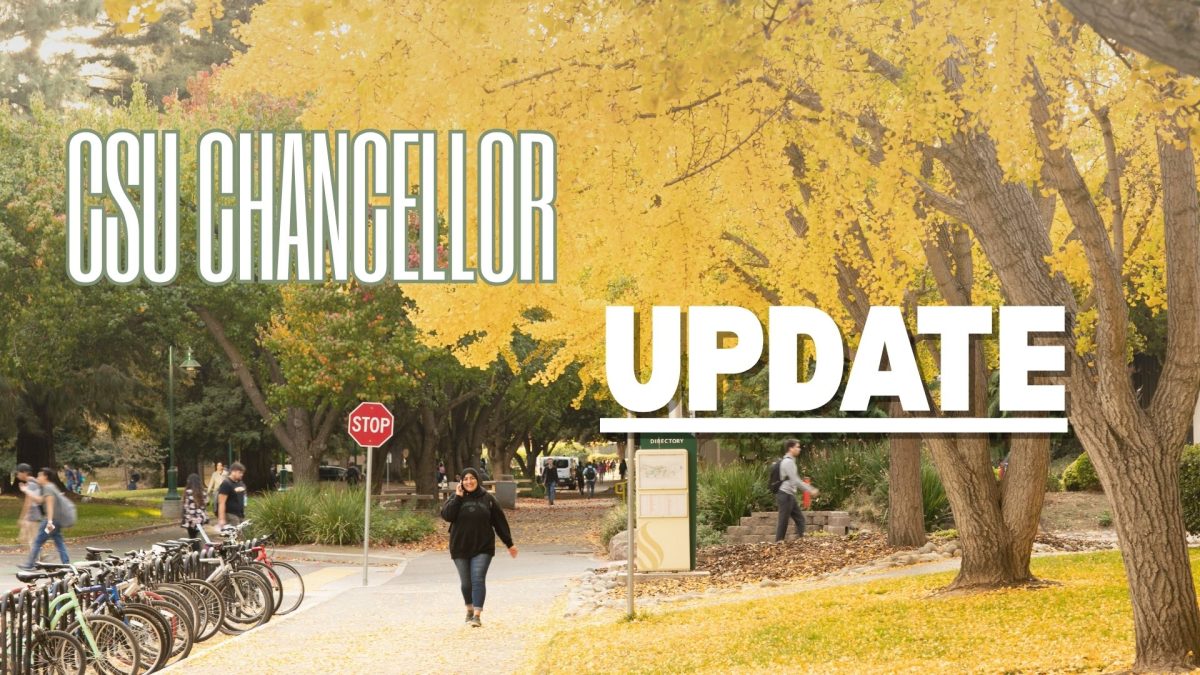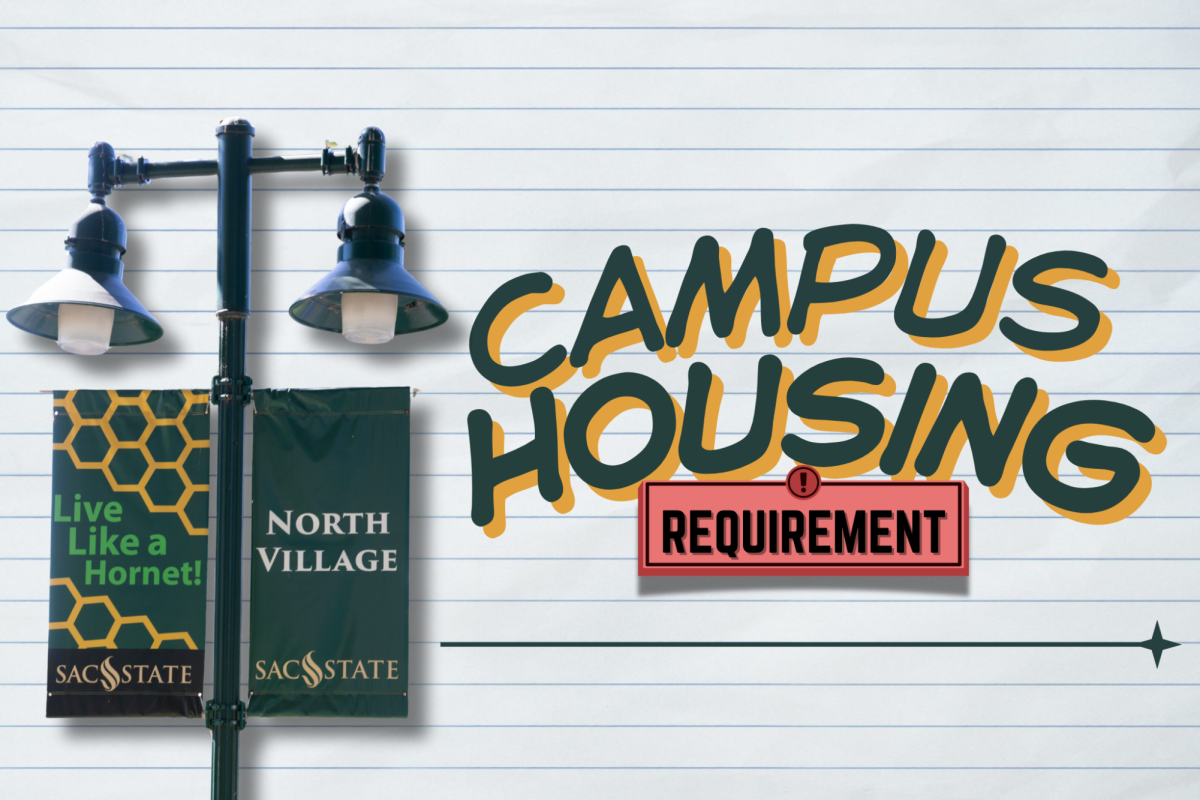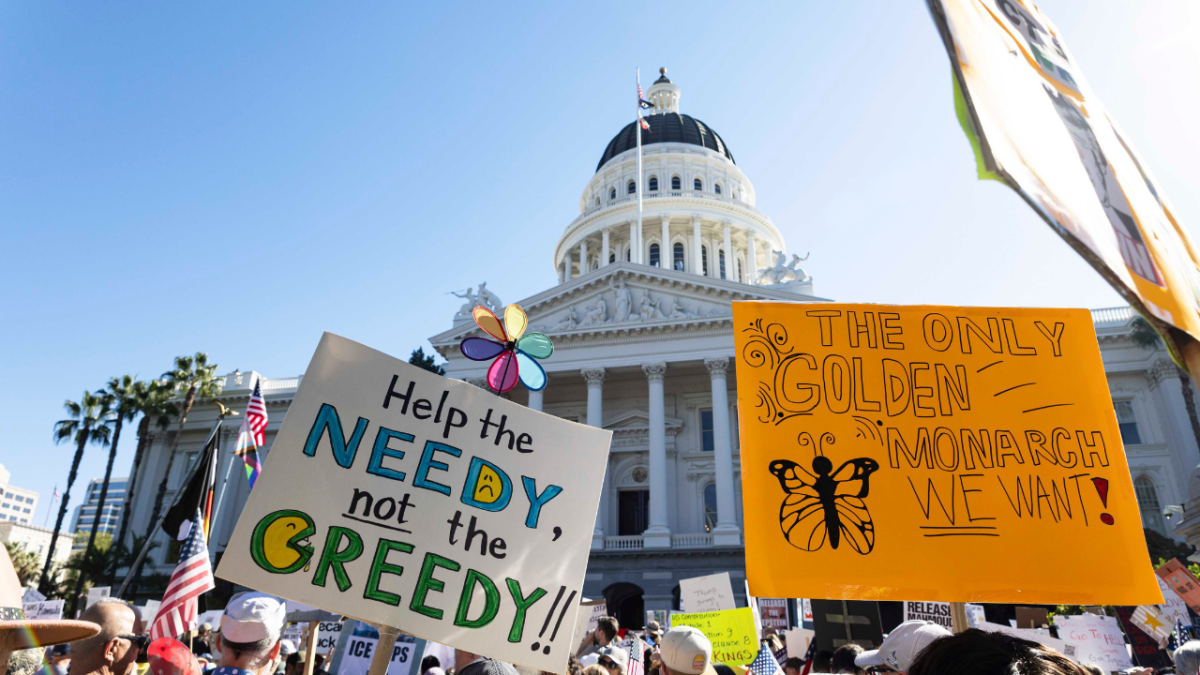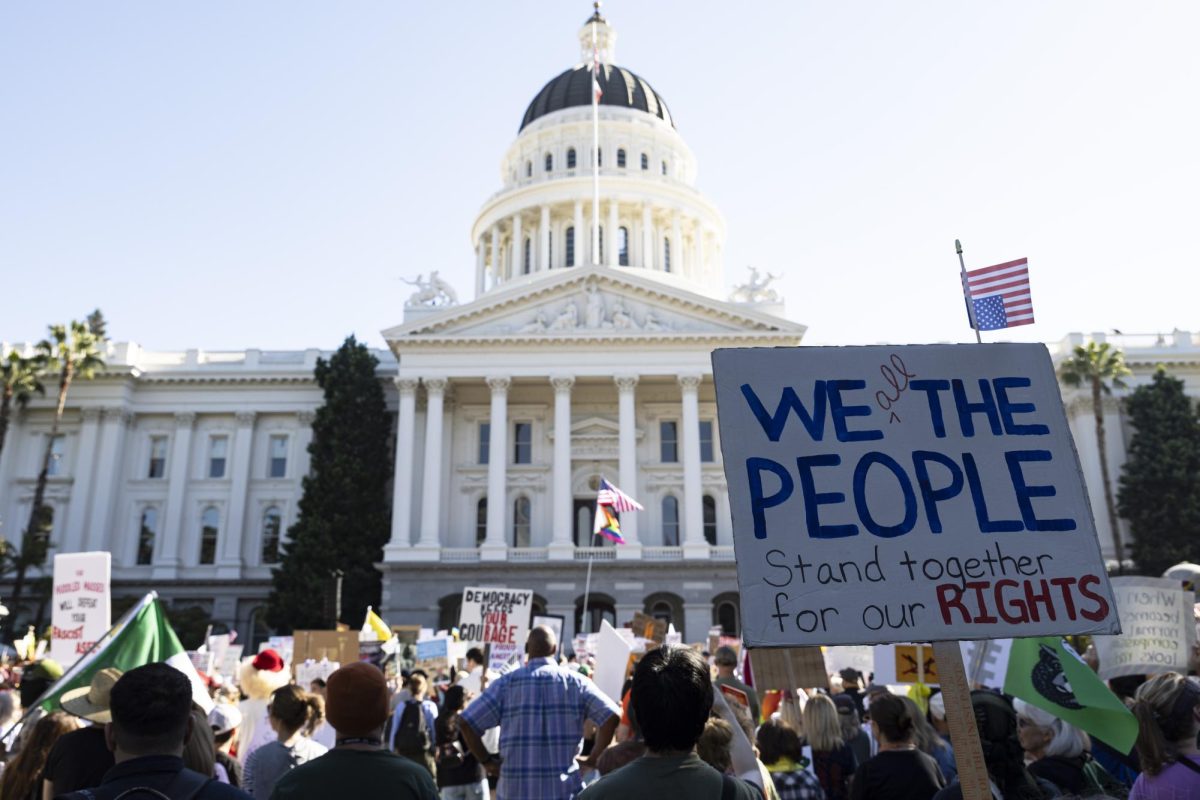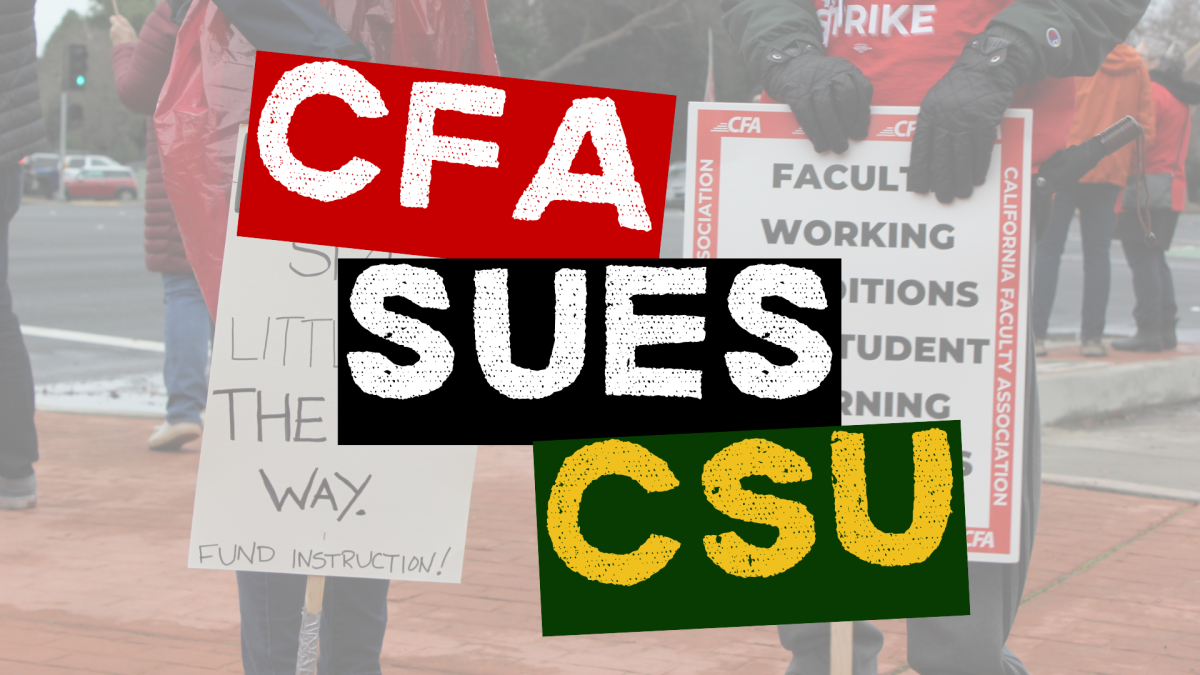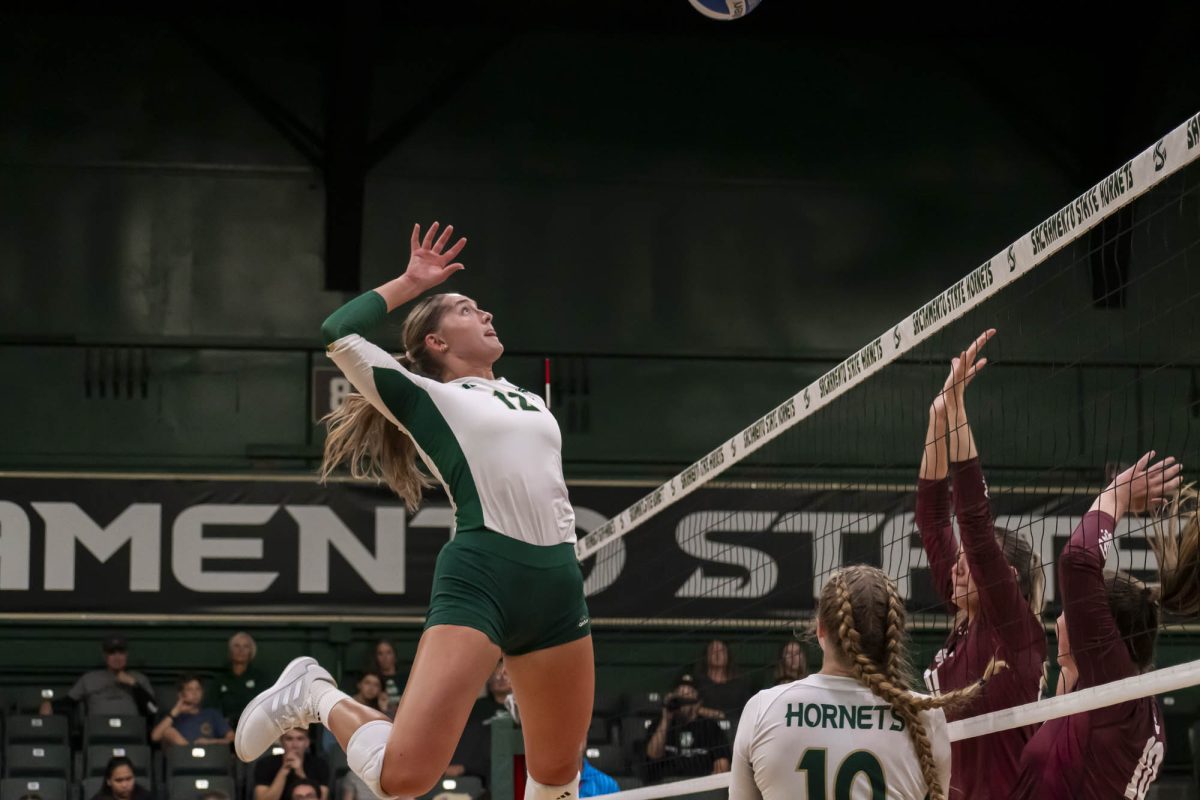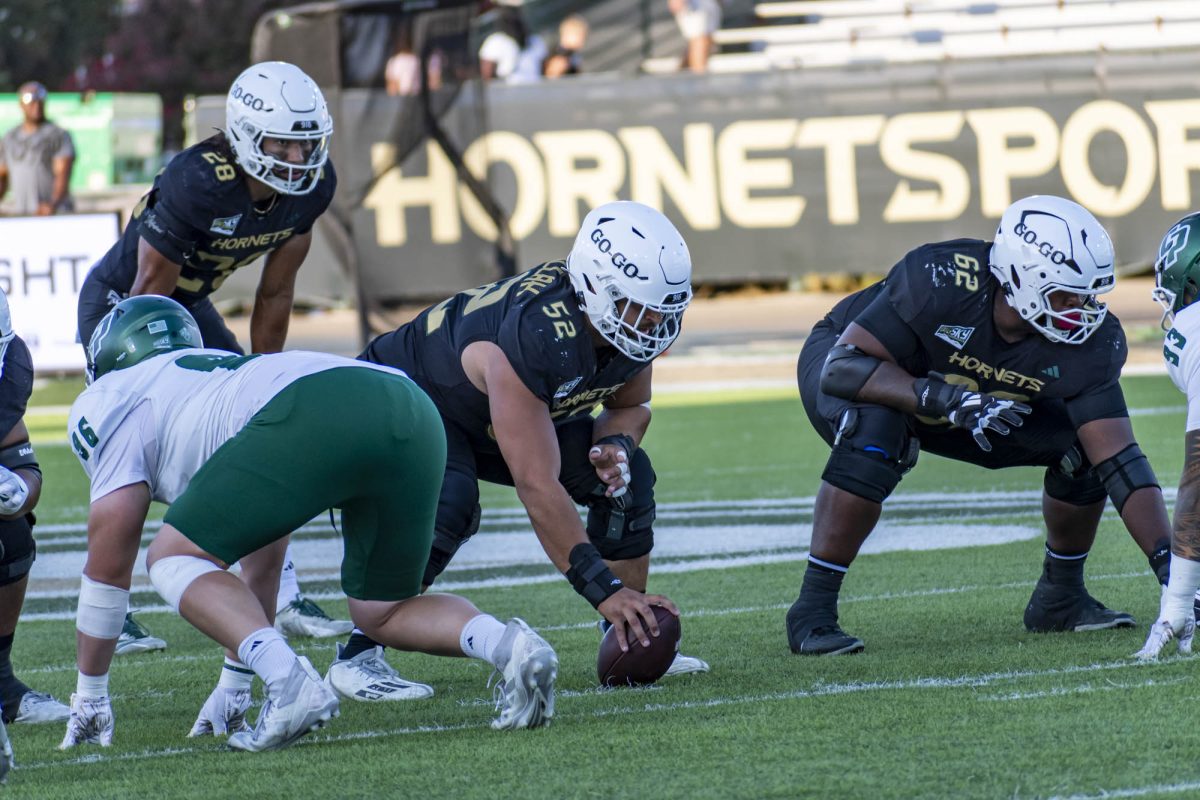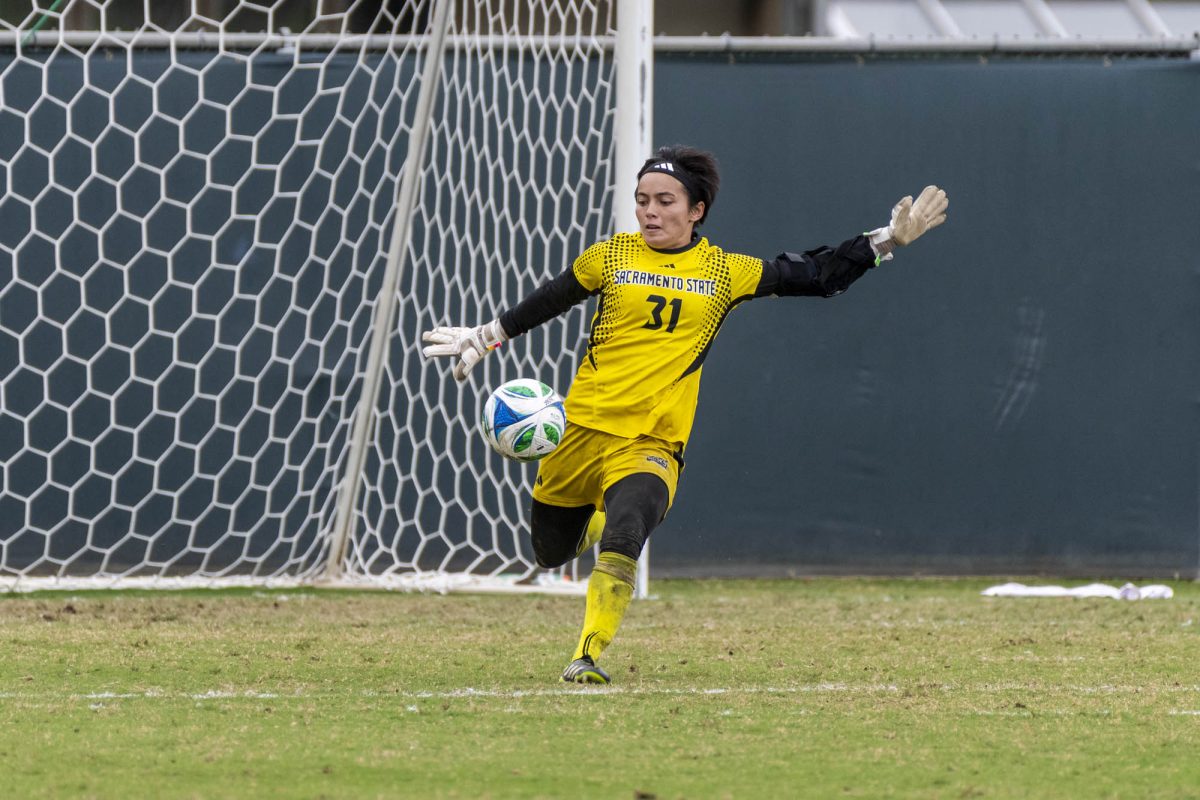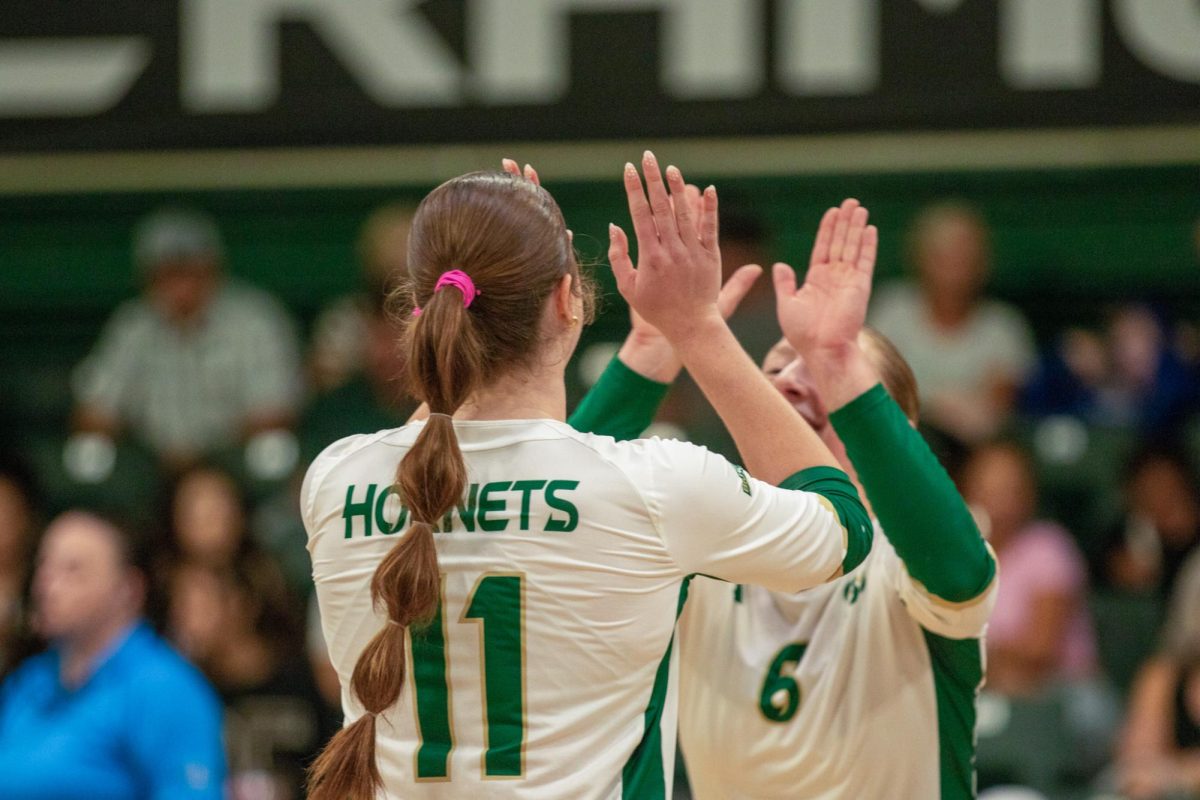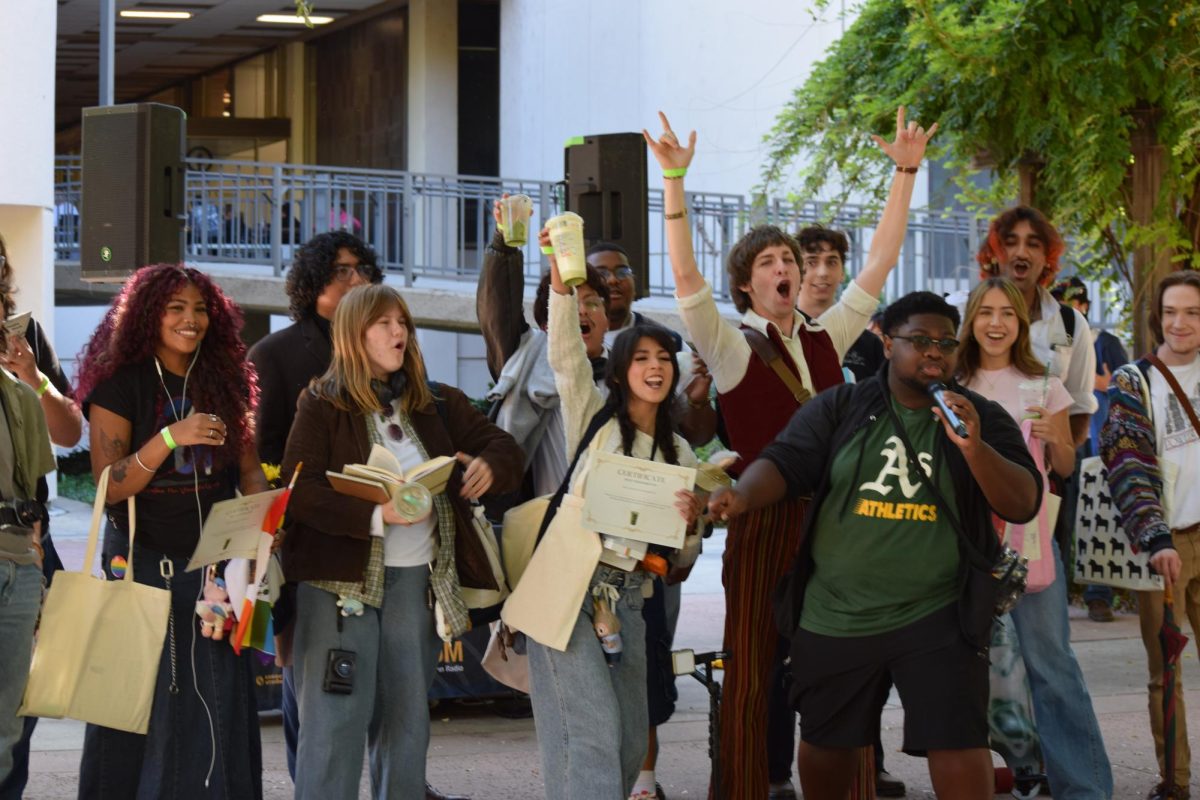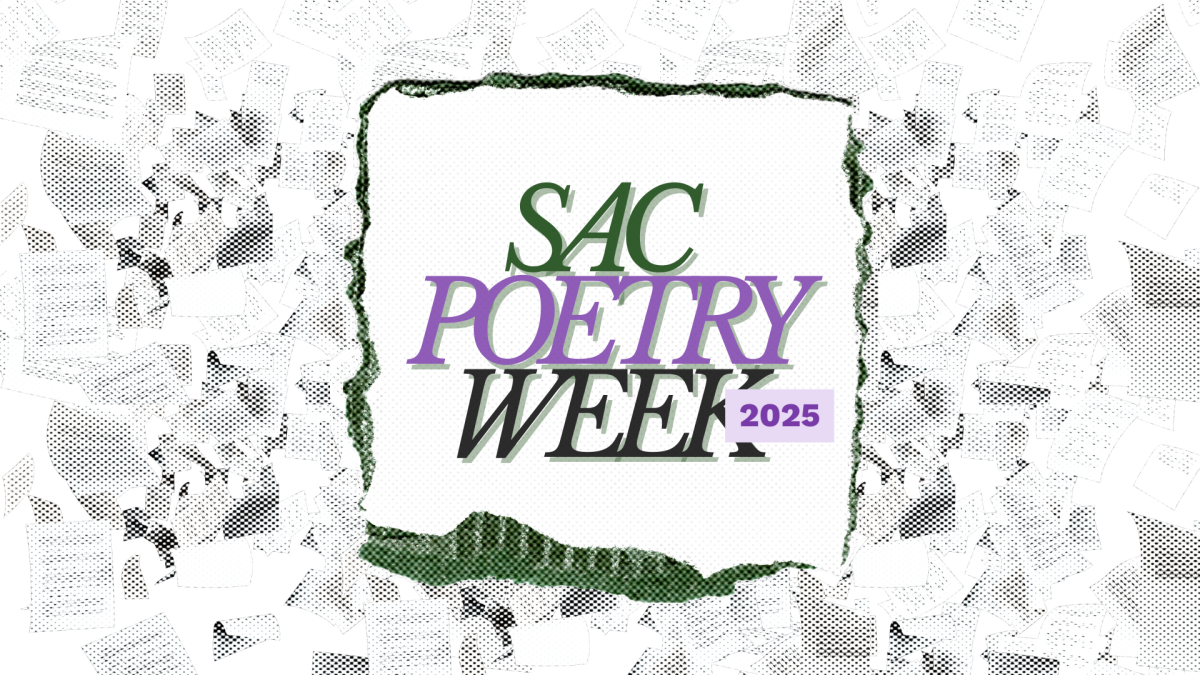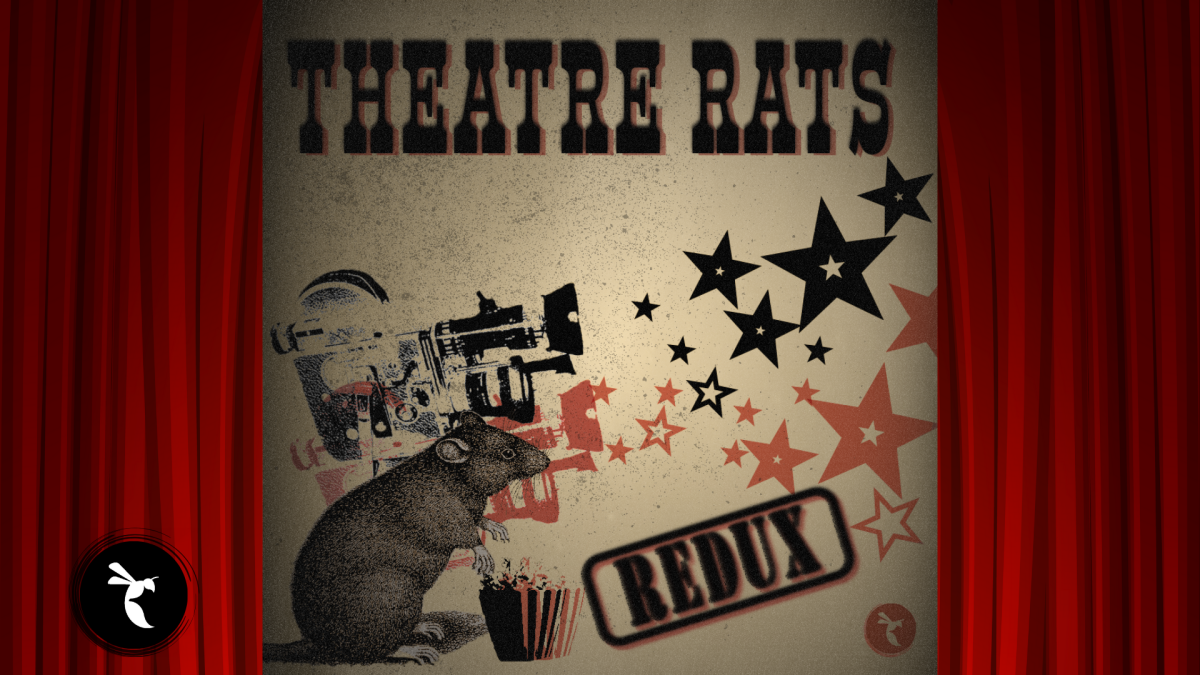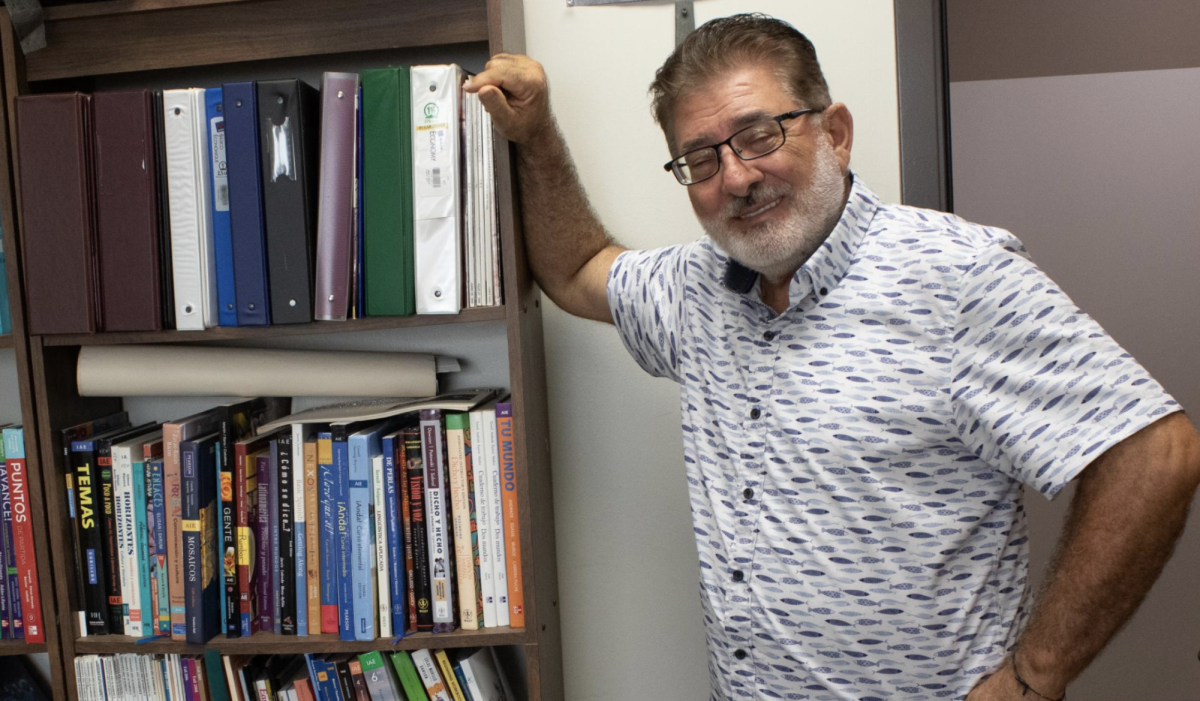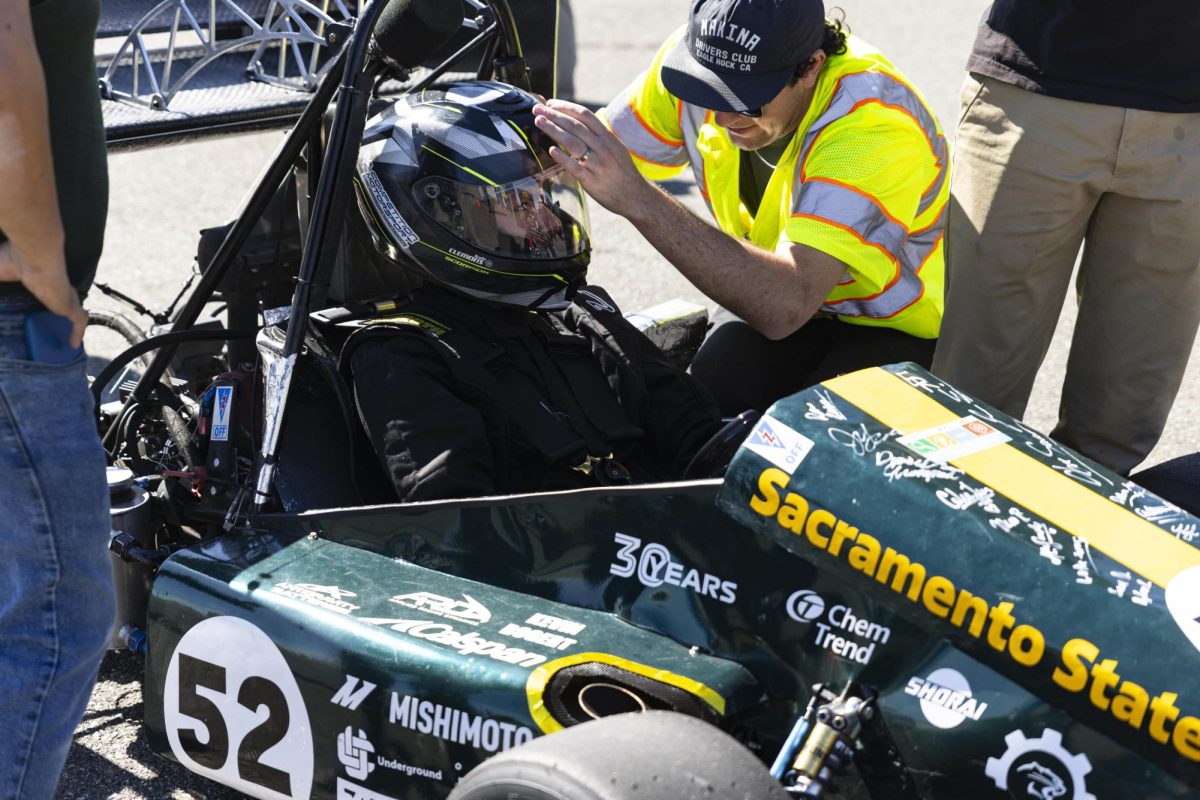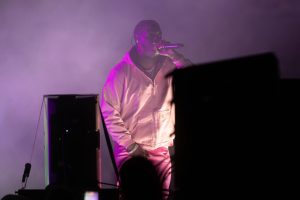Electronic voting machines may add to election inaccuracies
October 30, 2006
(MANHATTAN, Kan.) – Travis Gratton has followed this year’s midterm elections closely.
After reviewing countless hours of candidates’ policies and completing a strenuous cost-benefit analysis, Gratton, a Kansas State University sophomore in biology and first-time voter, will make the trek to his local election branch to cast his vote.
But Gratton is worried his vote could mean absolutely nothing. In fact, he thinks it might not be counted.
Across the United States, electronic voting machines are replacing the traditional paper ballot. Nearly 40 percent of Americans who cast their vote this November will do so on an electronic, touch-screen machine that produces no paper record.
In Riley County, Kan., 100 percent of votes will come from these machines.
“This year we have switched completely to electronic voting for the first time in an effort to provide a clear, timely report of the votes,” said Jolene Campbell, deputy county clerk and elections coordinator for Riley County. “We have full confidence in the machines that we use.”
Others are not so optimistic. In January, Bill Richardson, governor of New Mexico, opted for residents to use paper ballots with optical scanners to cast their votes, a reversal from the state’s plan to convert completely to electronic voting machines.
27 states have also adopted plans that require a paper trail, many times requiring the new touch-screen technology to be replaced with ones that have printers attached.
Electronic voting became popular after the 2002 Help America Vote Act, a piece of legislation initiated by President Bush that called for an end to the punch card method of voting and gave significant funding to states that upgraded election technology.
In 2006, the last year for states to receive such benefits, almost one third of all states will use electronic machines for the first time.
In Riley County, these machines received their first test in the August 1 primaries.
“We were happy with the results of the August primaries,” Campbell said. “The races turned out extremely close to the predicted results.”
However, Campbell admits the primaries may not have been a true test-run in preparation for November.
“We were missing most of the students, since school was not in session, and so many people go on vacation in August that we didn’t get a very high turnout,” Campbell said.
States like Ohio, Arkansas, Illinois and Maryland did not have the same luck. Across the country this year, faulty equipment and lax security have repeatedly undermined election primaries. In Tarrant County, Texas, electronic machines counted some ballots as many as six times, recording 100,000 more votes than were actually cast.
In a practical systems test conducted by RABA Technologies, a consulting firm experienced in defense and intelligence, all six of the machines tested contained back doors — unprotected ways into the machine’s database — hidden in the software that could enable a hacker to upload a malicious code onto the system. RABA rated the safety of the machines an “F.”
Three senate democrats introduced emergency legislation in September to reimburse states for printing paper ballots. Barbara Boxer of California, Christopher Dodd of Connecticut and Russell Feingold of Wisconsin co-sponsored the measure.
This bill would not have required a complete paper trail, but instead would have provided funding for the printing of paper ballots by local election officials, designed for Americans who would want to use a paper ballot instead of an electronic voting machine. If ballots were provided for half of registered American voters, senators said costs would not have exceeded $10.1 million.
The Committee on House Administration heard testimony on the issue last month, deciding not to require a paper trail in all elections. Rather, they opted to continue investigation into America’s voting systems.
“My point is that the response is not to throw the machines into the ocean and go back to what we had in 1890,” said Michael Shamos, professor of Software Research at Carnegie Mellon University, who testified before the committee. “If it is a technical problem, then there is a technical solution.”
A prospective legislative solution to this problem was put on hold when Congress adjourned for its election hiatus Sept. 29.
Those hoping to use a paper ballot in Riley County might be out of luck. Campbell said Riley County plans to produce minimal paper ballots.
“We keep about 20 percent of (paper ballots) on hand, mainly in case of an emergency,” said Campbell. “These will be spread throughout the polling booths.”
With no chance for congressional resolution before election day, some continue to worry if their right to vote is being compromised.
“I think the election should really mean something,” Gratton said. “A fair election is the backbone of our society, and the government at both the national and state level should secure the safest election possible.”


